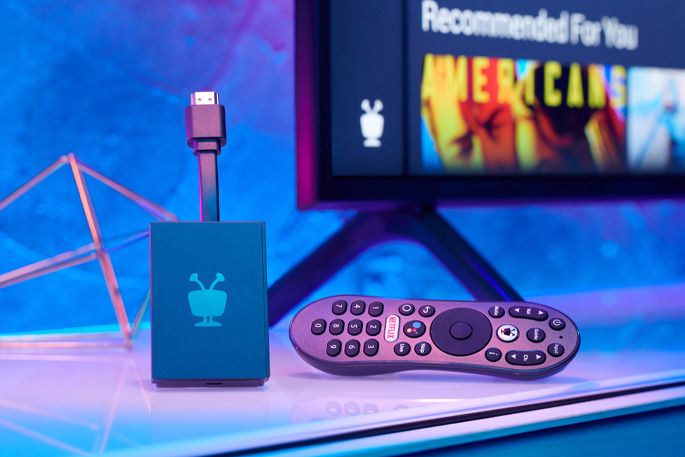OnePlus has started rolling out OxygenOS Open Beta 13 for the OnePlus 7 and the OnePlus 7 Pro. This particular build comes nearly three weeks after the previous Open Beta update, but there is a catch. OnePlus had to pull back Open Beta 12 due to a showstopper bug that crippled the device unlock function on these phones. The new Open Beta build basically takes the place of the older version, as users stuck with Open Beta 11 are now getting incremental OTA to Open Beta 13.
OnePlus 7 XDA Forums ||| OnePlus 7 Pro XDA Forums
There is virtually no difference between the changelogs, which means the owners of the OnePlus 7 family once again get the chance to be on the April 2020 Android Security Patch Level (SPL) via Open Beta 13. In comparison, the latest stable channel of OxygenOS for the phone duo is still running the March 2020 security patches. The camera lens dirt detection feature also made its way to the revised update.
The complete changelog of the update is as follows:
- System
- Optimized the volume adjustment to improve user experience
- Added the missing recording icon in call screen
- Updated Android security patch to 2020.04
- Fixed known issues and improved system stability
- Phone
- Added the ringing duration info for missed calls
- Now you can switch your mobile data on phone calls supported with VoLTE
- Camera
- Added a feature which can now detect dirt on the camera lens, prompting a quick cleanup for better image and video quality
Download OxygenOS Open Beta 13
Unlike the stable channel of OxygenOS, the Open Beta builds are not compiled separately for different regions. You can straightaway download the incremental OTA file or the full OTA package from the links below for your device model. For installing, just point the “Local upgrade” option in the System Update screen under Settings to them.
Download OxygenOS Open Beta 13 for OnePlus 7:
Download OxygenOS Open Beta 13 for OnePlus 7 Pro:
Thanks to XDA Senior Member Some_Random_Username for providing the download links!
The post OnePlus 7 and OnePlus 7 Pro receive OxygenOS Open Beta 13 with April 2020 patches and camera dirt detection appeared first on xda-developers.
from xda-developers https://ift.tt/2WcNpxV
via IFTTT













